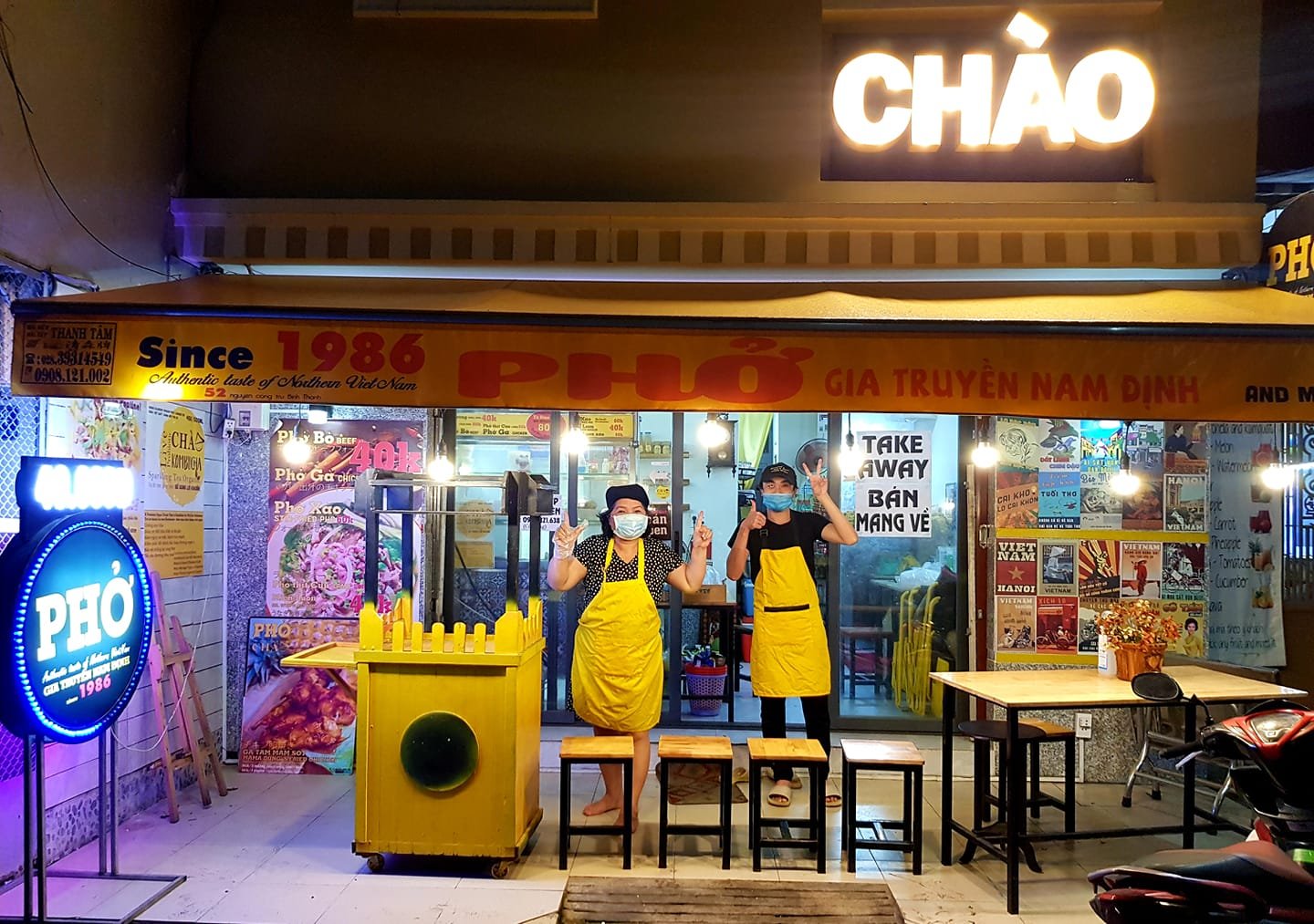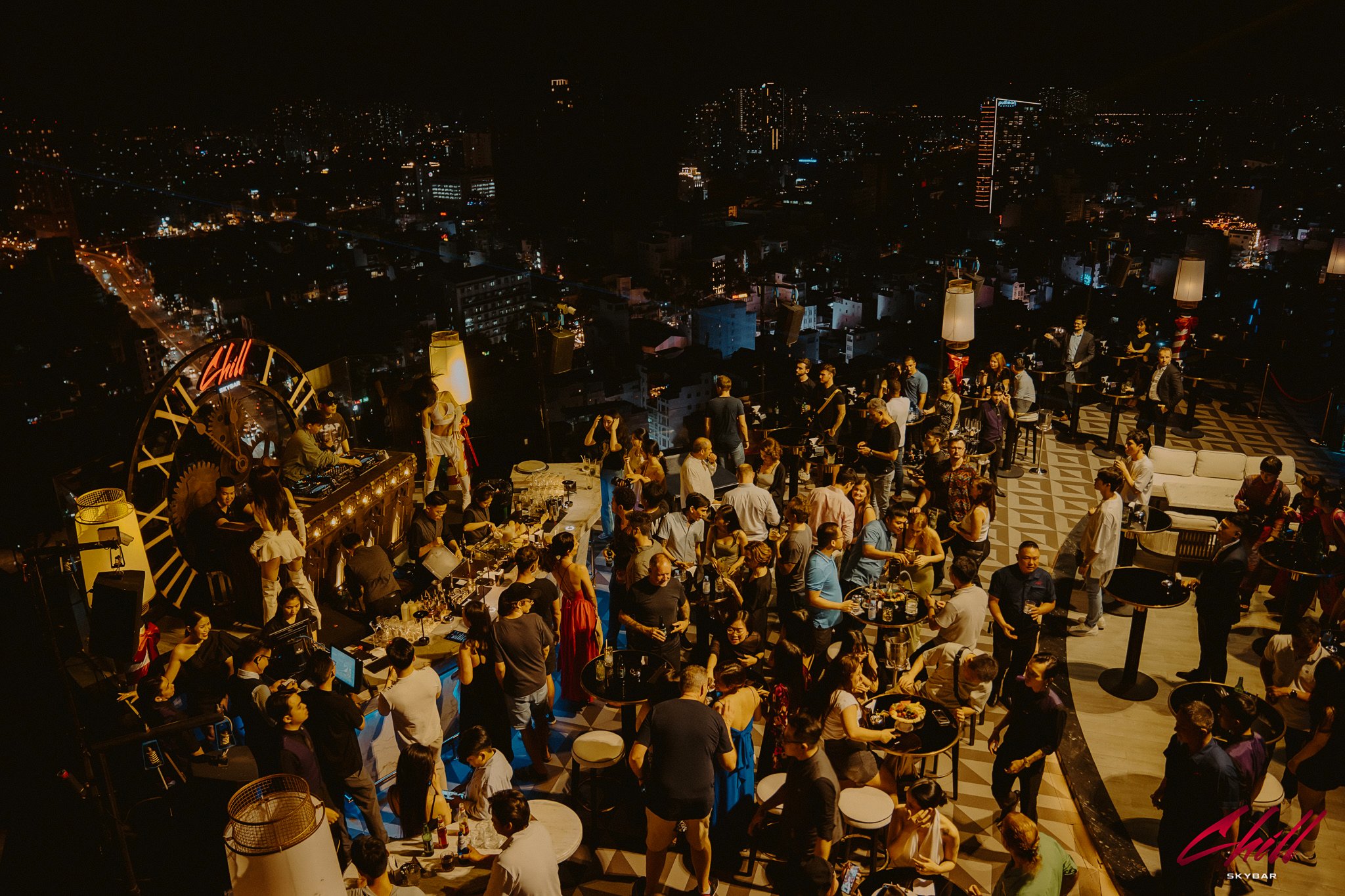What to expect: Vietnam’s First-Ever Michelin Guide in Vietnam
The most anticipated restaurant event of the year is finally here. The Michelin Guide is finally presenting its first-ever selection of restaurants in Vietnam (Ho Chi Minh City and Hanoi) on June 6th.
The invite-only ceremony is held at The One in Hanoi and will unveil the following distinctions and awards: MICHELIN Star, Bib Gourmand, MICHELIN Selected, and Special Awards such as Young Chef, Sommelier and Chef Mentor. During the ceremony, invited chefs to the coveted event will also find out which award their establishment has been recognised for.
Breaking bad habits: the impact of the MICHELIN on Vietnam’s dining scene
One thing that’s important to note is that Michelin Stars are awarded to restaurants, not chefs and there is no such thing as a ‘Michelin Chef’ or a ‘Michelin-starred Chef’ - it is simply factually incorrect. Rather, it should be termed a “Chef from a Michelin Restaurant” since the rating is based on the quality and consistency of the food, skill in the preparation, a combination of flavours and even value for money. These factors all boil down to a collective kitchen team effort rather than just an individual chef. This also means that a restaurant does not lose its star if the head chef walks out or is replaced. This also means that chefs do not carry any stars with them when they leave the awarded establishment.
In Vietnam, there is a habit for restaurants and chefs to call themselves “Michelin-helmed restaurants” and “Michelin chefs”, which is incorrect and misleading. While I understand the appeal of using such terms (deeper pockets and greater credibility), the result is a slew of “Michelin restaurants” that are a lot more buck than bang. Hopefully, the launch of the MICHELIN Guide in Vietnam will add greater sanctity to the accolade and break existing ‘bad’ habits in the industry. Perhaps, it’ll even push restaurants that are currently ‘faking it’ to strive towards making it instead.
Elgin is a fun and modern fusion restaurant in District 1 known for its personable service, instant restaurant reservations and guest relations management (Source: Facebook)
Another potential benefit of the Michelin Guide? Improved customer experience. In Vietnam, online restaurant reservation systems such as OpenTable are still few and far between, while traditional booking methods such as Facebook, Zalo, phone and email reign supreme. As a result, back-and-forth communication, language barriers and longer waiting times, as well as the risk of losing your reservation, are a lot more apparent for diners. While many of us are used to the dining culture in Vietnam, it can be frustrating for the uninitiated visiting the country for the first time.
Personally, I know of a few instances when friends of mine have had to deal with pricey overseas bank transfers or missed reservations because of a lapse in communication. To be fair, the few restaurant reservation systems being used in Vietnam at the moment include international brands such as SevenRooms ($500 usd/month), ResDiary (approximately $200/month) and Eat (starting from $89 usd/month) don’t offer Vietnamese as a language option or integrate with local Vietnamese banks, e-wallets such as Momo and credit cards. For these reasons, it can be hard for restaurants to justify the cost of adopting a restaurant reservation system.
Hopefully, with the launch of the MICHELIN Guide in Vietnam, restaurants will look at levelling up their game and investing in the little touches - restaurant reservation systems, deposits via credit card instead of overseas bank transfers, confirmation emails and calendar invites as well as English translations - that go a long way and meet the standards and expectations of visiting gourmands. Conversely, I’m keeping my fingers crossed for more affordable and localised options to become available in Vietnam to support the growth of the industry.
OKRA FoodBar helmed by Executive Chef Jamie Celaya, one of the few chefs invited to this year’s prestigious invite-only MICHELIN Gala in Hanoi (Source: Facebook)
If there’s one thing Vietnam’s dining scene is notoriously known for, it’s consistency or rather a lack thereof. “Was Chef XXX there?” seems to often be the first question asked when someone has a poorer-than-expected dining experience. To be fair, Vietnam’s nascent dining scene and limited culinary school options also mean that chefs trained locally have fewer opportunities than foreign-trained chefs to gain international exposure and expertise to hone their craft. So, in the first few months or even years of a restaurant opening, can one expect a gap between an experienced foreign-trained executive chef and a 26-year-old Sous Chef who has only trained and worked in Vietnam - well… yes.
Thankfully, this gap tends to become smaller with time as the collective kitchen team becomes a lot more united and finds themselves marching to the same beat. With consistency identified as one of the key criteria for the MICHELIN Guide, perhaps its debut will galvanize chefs’ commitment to training to achieve greater consistency. More importantly, the relative consistency gap highlights the shortcomings in current culinary education compared to international standards, which many restaurants and foreign chefs are burdened with filling.
Pho Chao is a family-run Pho restaurant in Ho Chi Minh City dishing out both traditional chicken and beef pho as well as its famous Pho-tine, which is a marriage of Pho and Poutine (Source:Facebook)
The Bib Gourmand category: good quality and good value cooking
Of course, the well-loved Bib Gourmand selection will be making a debut in Vietnam to award eateries that offer “good quality, good value cooking.” In the same vein as the rest of the MICHELIN Bib Gourmand selections around the world, eateries will be subjected to the “same criteria practised worldwide where anonymous Michelin inspectors review the cuisine and evaluate only the quality of the dishes using their five criteria”. The criteria cover the quality of the ingredients used, mastery of cooking techniques, the harmony of the flavours, expression of the chef’s personality in the cuisine and consistency, both over time and across the entire menu.
For many, the Bib Gourmand list is the selection they’re most excited about in Vietnam. Questions like “whether less conventional Vietnamese foods such as bun bo nam bo”and “whether non-licensed food stalls will make the cut” have been circulating. I guess we’ll find out in time. I am also more interested in the Bib Gourmand list not only because of Vietnam’s award-winning street food fare but also because of the growing number of independent homegrown concepts boasting value-for-money modern Vietnamese (Mod-Viet cuisine or “Cuisine Mới (new cuisine)” as famously coined by Chef Peter Cuong Franklin of Anan Saigon).
Such restaurants include OKRA Food Bar helmed by Executive Chef Jamie Celaya and The Trieu Institute by Executive Chef Chris Donnellan, invitees to the exclusive MICHELIN Guide Gala Dinner. Other chefs who have also been invited include Chef David Green from Olivia (Saigon), Chef Quang Dung from Chapter Grill and Bar (Hanoi), Chef Minh Duc from Nous (Saigon), Chef Adrian Chong from Sol Group and Chef Dung (more affectionately known as Mama Dung) from Pho Chao (Saigon).
Gia Restaurant in Hanoi, a fine dining restaurant serving a “new interpretation of Vietnamese food and culture” using local ingredients (Source: Facebook)
Going global by going home
On 13th December, the Michelin Guide marked its debut in Malaysia (Kuala Lumpur and Penang) with 97 listings. Of these 97 listings, 4 restaurants were awarded one Michelin Star. Interestingly, all four restaurants have a local element - I’m talking chefs, cuisine or ingredients. If we assume the first selection in Vietnam follows suit, “going global by going home” will likely be a common theme amongst awardees this year.
If there’s one thing that Vietnam’s culinary scene should be proud of, it’s the slew of “Mod-Viet” restaurants that pay tribute and showcase the country’s varied terroir, dexterity and heritage. On that note, it’ll also be interesting to see how many establishments from the Sun Group (Michelin’s destination partner in Vietnam) will make the list. Sometimes, the credibility of the MICHELIN Guide is called into question when a questionable number of establishments from a sponsor end up with stars, like in this year’s Dubai Michelin Guide.
Opening team of newly-launched Lüne Restaurant helmed by Chef Adrien Guenzi (Source: Facebook)
A much-needed push and recognition for Vietnam’s up-and-coming gastronomic scene
Like many firsts, there will be controversy, debate, egos and emotion - all to be expected considering the list is curated by a select handful of individuals. MICHELIN inspectors and such standards are subject to myriad subjective factors like perception, awareness and insight into a country’s local dining scene. While the star is a stamp of approval and recognition for many restaurants, a good restaurant is a good restaurant whether it gets a star or not. Having one should not change that in the same way not having one does not mean a restaurant is bad.
Overall, while I cannot say for sure what the impact of the MICHELIN Guide on Vietnam’s dining scene will be, I do know that it puts the country on the culinary map and gives the industry something to strive towards. As they say, “a tide lifts all boats”, so while the list might comprise just a select number of restaurants, this is a win for the entire industry and a recognition of Vietnam’s dining scene as a world-class culinary destination.
For this, we should all be proud.
More details are available on https://guide.michelin.com and Facebook @MichelinGuideWorldwid. Tune into The Michelin Guide’s Youtube Channel or Facebook for the latest updates.


















Like what you read?
Discover Vietnam’s coming-of-age food and drink scene with one of our tours and experiences exclusively available at Saigon Social